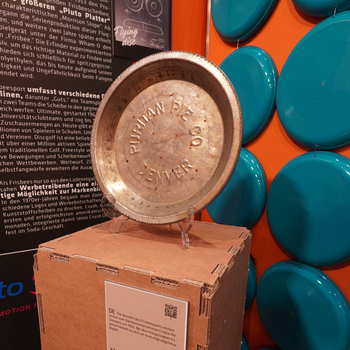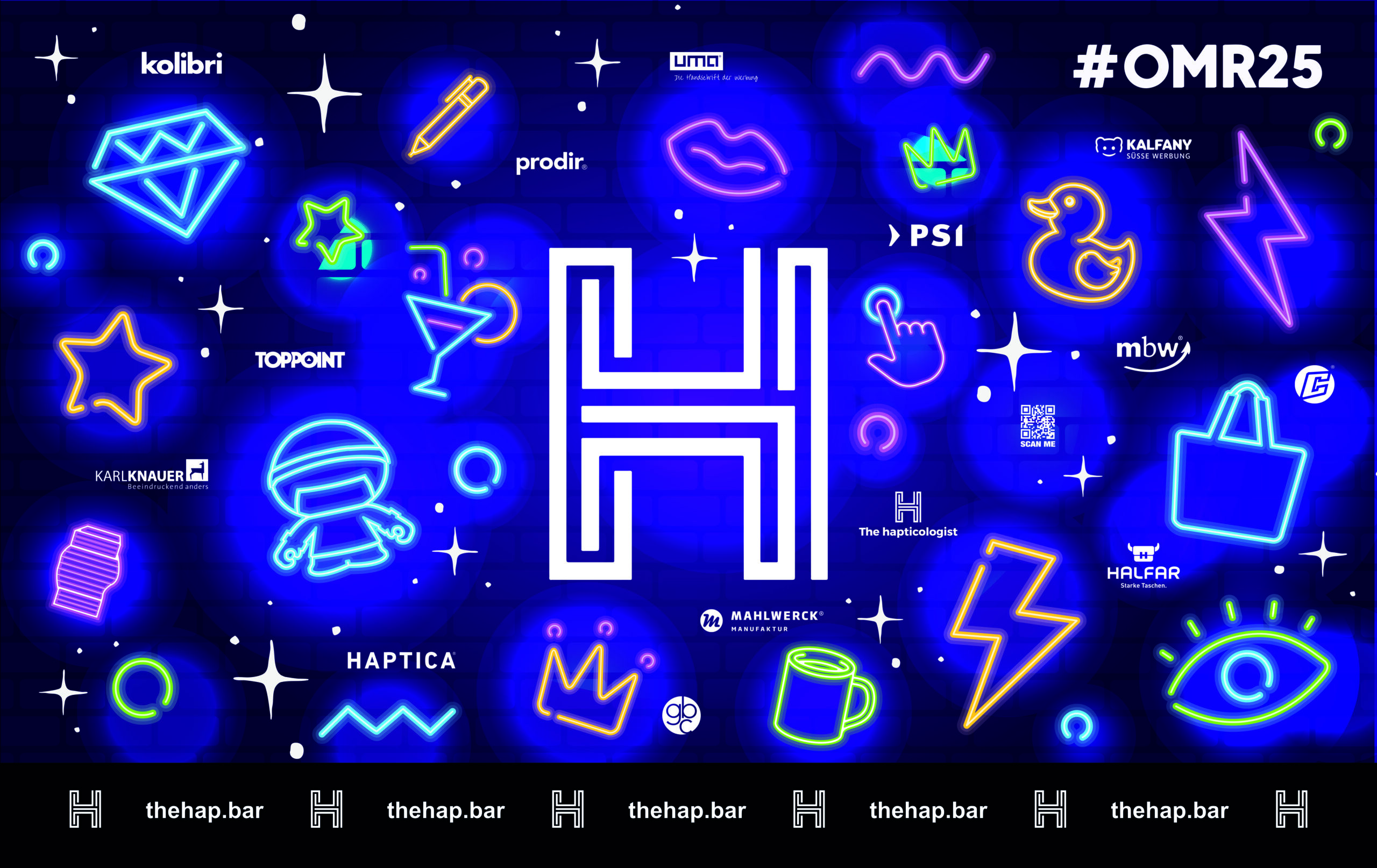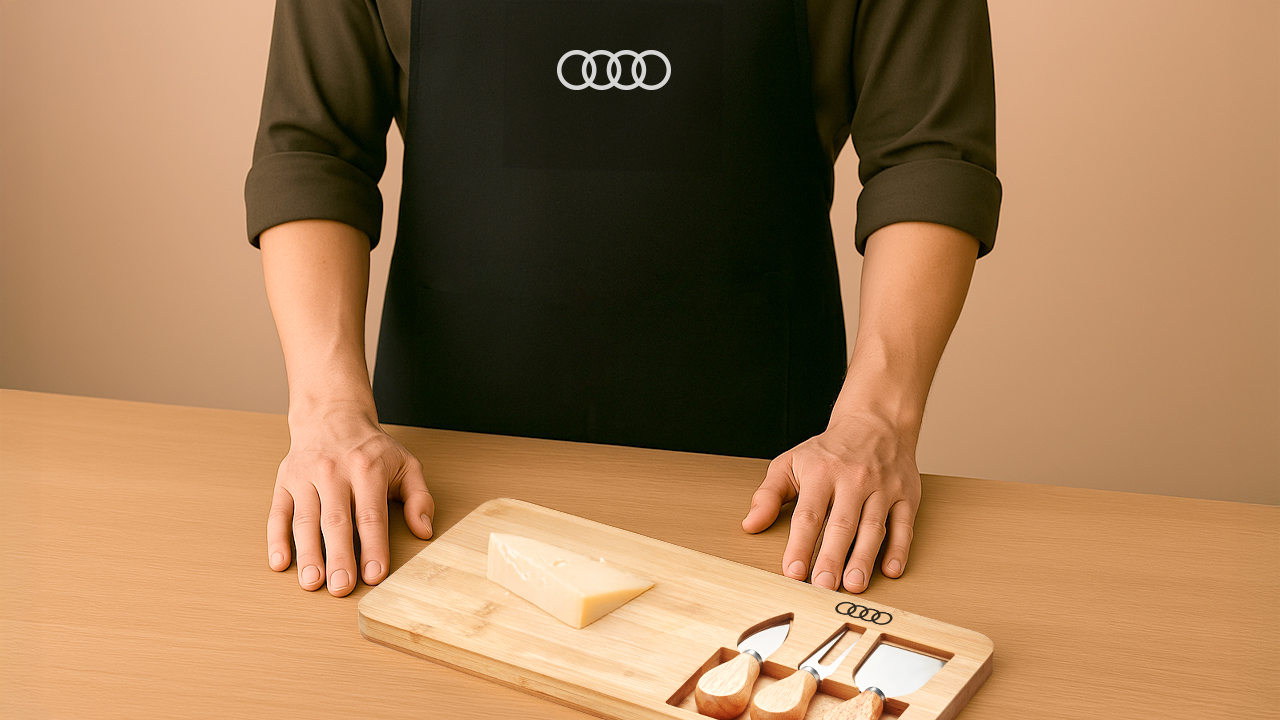Frisbee originated as a sport in the United States in the 1960s, and since then has gained millions of fans all over the world. The sport offers a wide range of disciplines, including ultimate, disc golf, freestyle, long throw and double disc court. The history of Frisbee is as captivating as the sport itself.
The game of Frisbee harks back to youth and childhood. Anyone who can throw the disc, which is slightly smaller that a dinner-plate, let it glide majestically through the air and catch it with a casual gesture, like it’s no big deal, qualifies as cool even today. Whether it’s in the schoolyard, in the park, or at the beach. No matter what your age, no matter what country you are in.
Discs for throwing, now generally referred to as Frisbees are a fascinating and versatile piece of sports equipment. The discus, a heavy disc, served as a sporting implement for the ancient Greeks and was cast in sand from molten bronze or iron, weighing about five pounds. First mentioned in the Iliad, a poem by Homer written in 700 B.C., discus throwing finally found its way into the first Olympic Games in Athens nearly 100 years later.
The roots of the sport of Frisbee go back to the Frisbie Pie Company bakery. The company sold pies and pastries in round metal tins in Connecticut. In the 1920s, children discovered the amazing aerodynamic properties of the lids (pie tins). The Frisbie Pie Company was only a 25-minute drive from Yale, making it a very popular place with students. They enjoyed the delicious pies and tossed the empty tins to each other in the square for fun. As they threw the lids, they would loudly shout “Frisbie,” to warn other players.
The real revolution began when Walter Frederick Morrison, an avid pie-tin thrower and carpenter, took up the idea. In 1948, Walter Morrison developed the first machine-produced throwing disc made of plastic. The flying saucers sold like hot cakes on beaches, parks and college campuses. In 1953 Morrison developed the prototype for all subsequent Frisbee discs, the slightly larger “Pluto Platter” with the characteristic “Morrison Slope”. Mass production of these flying discs began in 1957, and another two years later the Wham-O company gave it the name “Frisbee”. The inventors experimented intensively to find the right material and finally decided on injection-molded polyethylene, which is still used today because of its lightness and safety for catching.
Frisbee sports include several disciplines, including “Guts,” a team game in which two teams throw the disc into the opponent’s area. Ultimate, started in 1968, formed university club teams and drew large crowds until 1980. Today, there are millions of players in schools, universities and clubs worldwide. Disc golf is a popular discipline with over one million active players, similar to traditional golf. Freestyle combines creative movements and disc throwing in dynamic competitions. Long throw, target throw, and self-catch throws expand the choices.
As Frisbees just flew off store shelves, advertisers saw a unique branding opportunity. In the 1970s, people began printing various logos and advertising messages on the plastic discs. Crush, one of the first and most successful American sodas, used this to establish the Crush Orange brand in the soda market.








